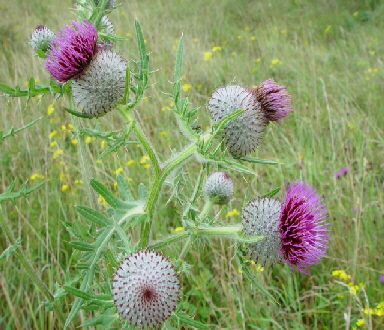Wiltshire is a large and varied county with some spectacular habitats and species. Our chalk grassland is among the richest and most extensive in the country and includes the enormous military training estate of Salisbury Plain, where the largest remaining British population of Cirsium tuberosum (Tuberous Thistle) is found. Crystal clear rivers such as the Hampshire Avon rise from the aquifers under the chalk and support characteristic carpets of Ranunculus penicillatus (Stream Water-crowfoot) and numerous species of plant and animal.

County Recorders
Richard Aisbitt and Kat Newbert
County reports for North Wiltshire and South WiltshireIn the far north of the county unimproved floodplain meadows survive among the marl lakes of the Cotswold Water Park. North Meadow, Clattinger Farm and others in the upper Thames catchment support rich floras and rarities including Fritillaria meleagris (Fritillary) and Carex filiformis (Downy-fruited Sedge). The marl lakes are numerous and are home to at least 13 species of stonewort along with a rich aquatic macrophyte flora. Wiltshire’s woodlands are also rich in plants, with many ancient tracts remaining, the most famous of which is probably Savernake Forest, with its numerous veteran trees.